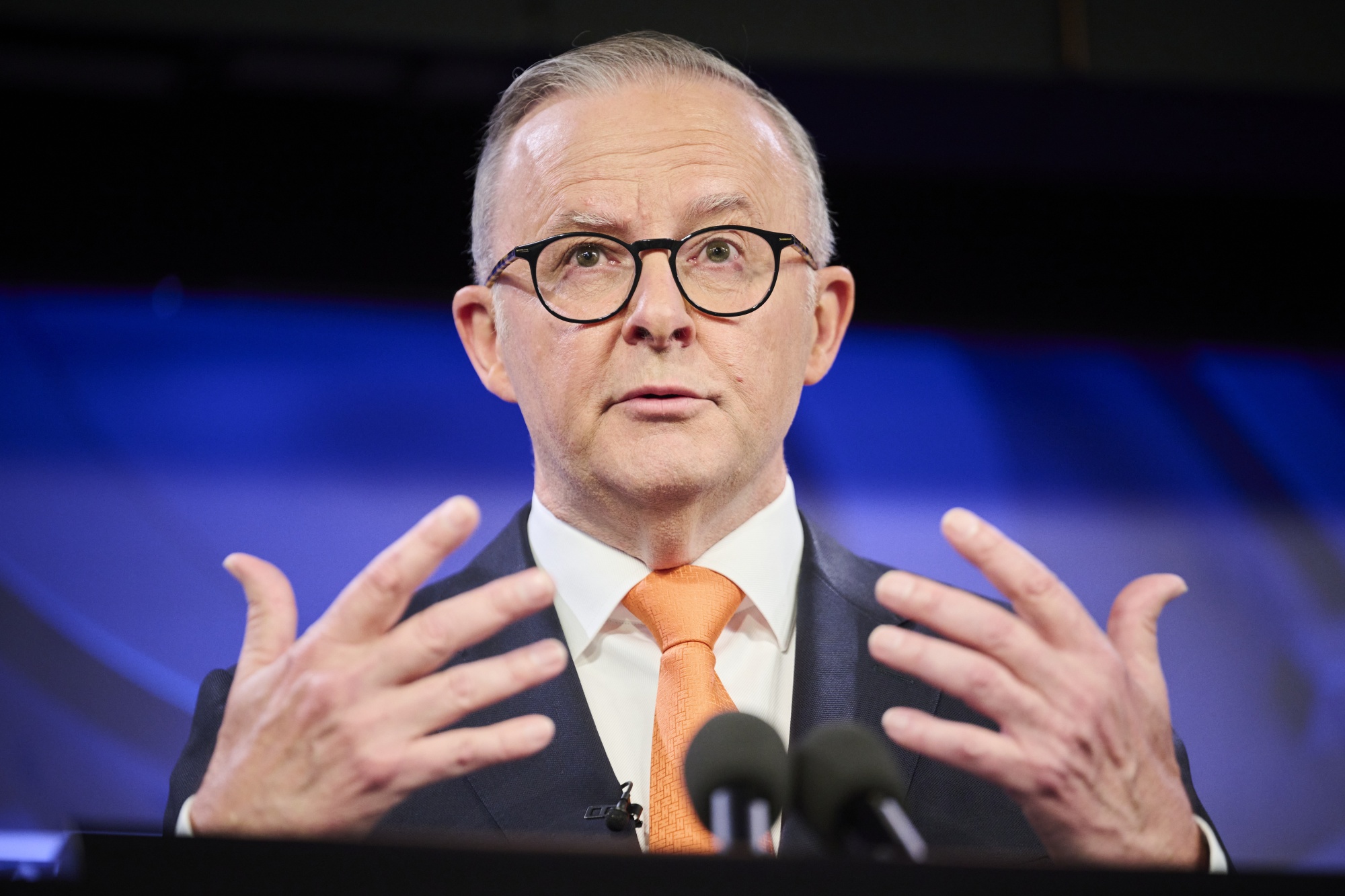Business
Reserve Bank of Australia Faces Tough Decisions Amid Inflation Concerns

It’s that time again when the Reserve Bank of Australia (RBA) has to make a tough call on interest rates, and the decision is looming for Tuesday afternoon. With stubborn inflation sticking around, the bank is in a bit of a pickle.
Most experts are leaning towards the idea that the RBA will keep the cash rate where it is after some unexpected softness in recent inflation figures. The latest numbers revealed that headline inflation rose to an annual rate of 3.8%, a bit up from 3.6%, but still in line with the bank’s forecast. On the other hand, core inflation dropped slightly to 3.9% but was faster than what the RBA had anticipated.
Warren Hogan, an economist at Judo Bank, is among those who think the RBA might still need to consider a rate hike. He pointed out that we are seeing the effects of the 13 rate rises from the past, with the economy starting to react to them. Hogan also suggested that historically, rates need to be at least 2% above inflation to really tackle inflation effectively, and right now, it looks like the real interest rate isn’t even close to that.
In June, the RBA had hinted that they might consider raising rates if they anticipated greater constraints in supply within the economy. Unfortunately, productivity growth has been quite weak, and Hogan emphasized that productivity growth is seemingly “dead.” Recent data indicated that input and output price pressures are on the rise again.
Michele Bullock, the RBA governor, has made it clear that the bank needs to stay alert to inflation risks, especially since high inflation tends to hurt those who are less fortunate in society. This mindset will likely shape the bank’s announcement on Tuesday.
The RBA is also closely looking at the labour market. Currently, the unemployment rate is hovering at levels not seen since January 2022. This makes it tricky for the bank because they want to avoid any potential spikes in unemployment.
A recent report by the Australian Council of Social Service highlighted that several labour indicators worsened compared to two years ago, which adds to the RBA’s concerns. Notably, entry-level job vacancies have taken a big hit, and more people are now unemployed and underemployed.
On the economic growth front, the gross domestic product showed sluggish growth of just 0.1% in the first three months, which is concerning and suggests the economy is nearly stalling. Given all these uncertainties, the RBA faces a tough decision about whether they can afford to raise rates right now.
Consumer behavior is another conundrum for the bank. People spent more than expected at the beginning of the year, primarily by dipping into their savings. The RBA is also keen to find out if households have been spending their recent tax cuts and energy rebates or saving them instead.
Things are a bit complicated globally too, as central banks in Canada, Europe, and the UK have started cutting their interest rates, while market volatility has crept back in due to various concerns, including economic stability in the US and tensions in the Middle East. All this adds pressure on the RBA as they make their decision.
With all these factors in play, it seems highly unlikely that the bank will announce an interest rate hike on Tuesday. The RBA’s monetary policy will certainly depend on how all these factors interplay in the coming days.












